- Understanding Your Coverage Needs
- Regular Maintenance and Inspections
- Upgrading Security Measures
- Fire Safety and Prevention Tactics
- Implementing Water Leak and Mold Prevention
- Exploring Discount Options and Bundle Deals
- Documenting Improvements for Insurance Benefits
- Preparing for Natural Disasters
- Choosing the Right Deductible
- Regularly Reviewing and Updating Your Policy
1. Understanding Your Coverage Needs
Before selecting an apartment insurance policy, it’s crucial to assess your specific needs. Begin by inventorying your belongings to determine the replacement value of your possessions. Consider factors such as electronics, furniture, clothing, and valuable items like jewelry or art. Additionally, evaluate the structure of your apartment and any shared responsibilities if you live in a condominium. Understanding whether you need coverage for just personal property or also liability protection will help tailor a policy that fits your circumstances. By accurately identifying what you need, you avoid overpaying for unnecessary coverage or being underinsured in case of a claim.
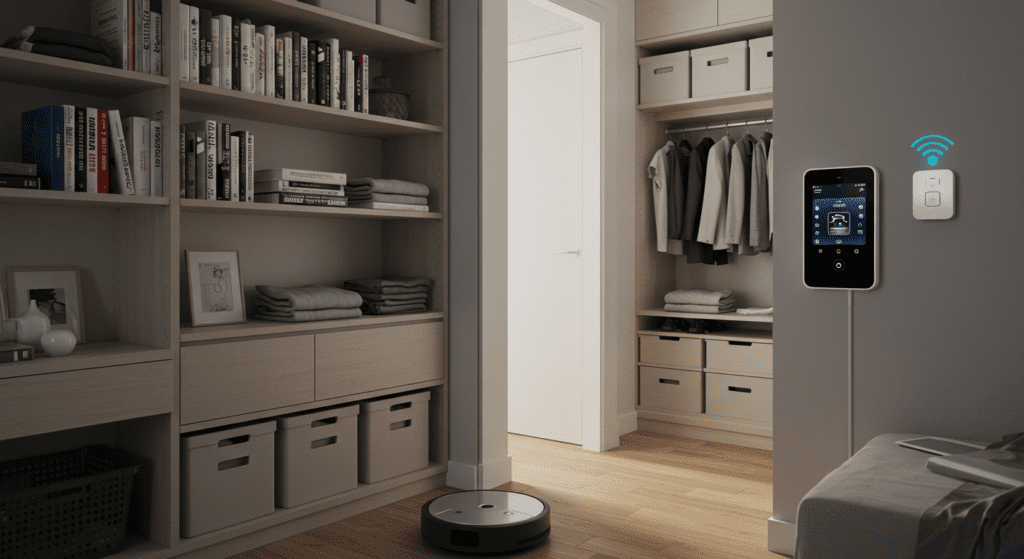
2. Regular Maintenance and Inspections
Maintaining your apartment in good condition plays a significant role in reducing insurance risks. Regularly inspect your living space for potential hazards such as faulty wiring, plumbing leaks, or structural issues. Addressing these problems promptly minimizes the likelihood of accidents that could lead to insurance claims. Additionally, keeping your apartment well-maintained demonstrates to insurers that you take preventive measures seriously, which can result in lower premiums. Scheduling periodic professional inspections can also help identify and mitigate risks before they escalate.
3. Upgrading Security Measures
Enhancing the security of your apartment is a proactive way to lower insurance premiums. Install reliable locks on doors and windows, and consider adding a security system with alarms and surveillance cameras. Motion-sensor lighting in common areas and secure entry systems like key fobs or biometric scanners can further deter potential intruders. Additionally, ensuring that your building has secure access controls and well-lit common areas reduces the risk of theft and vandalism. These security upgrades not only protect your belongings but also signal to insurers that you are committed to minimizing risk, often leading to discounts on your premium.
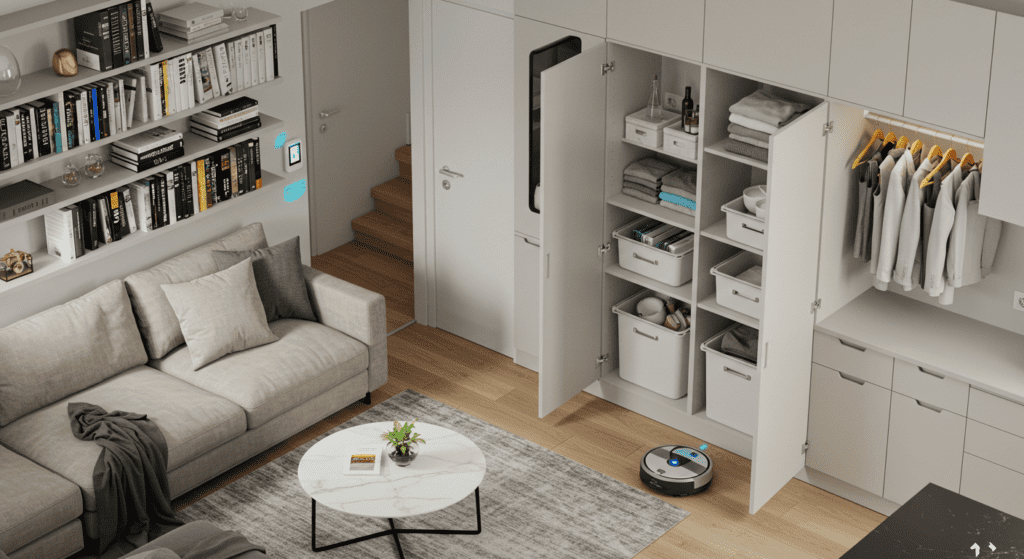
4. Fire Safety and Prevention Tactics
Fire is one of the most common and devastating risks in apartments. Implementing fire safety measures is essential for both protection and potential premium reductions. Install smoke detectors in key areas such as bedrooms, kitchens, and hallways, and test them regularly to ensure they are functioning correctly. Keep fire extinguishers readily accessible and ensure that all family members know how to use them. Create and practice a fire escape plan to enhance safety in case of an emergency. Using fire-resistant materials for curtains and furnishings can also help minimize damage. Demonstrating these preventive steps to your insurance provider can lead to lower premiums and better coverage terms.
5. Implementing Water Leak and Mold Prevention
Water leaks and mold growth pose significant risks in apartments, often leading to costly damages and insurance claims. Preventative measures include regularly checking for leaks in plumbing fixtures, appliances, and roof areas. Installing water leak detectors near potential problem areas can provide early warnings and prevent extensive damage. Ensure proper ventilation in bathrooms, kitchens, and laundry areas to reduce moisture buildup that fosters mold growth. Using mold-resistant paints and materials in high-risk areas can further protect your living space. By taking these steps, you not only safeguard your home but also potentially lower your insurance costs by reducing the likelihood of water-related claims.
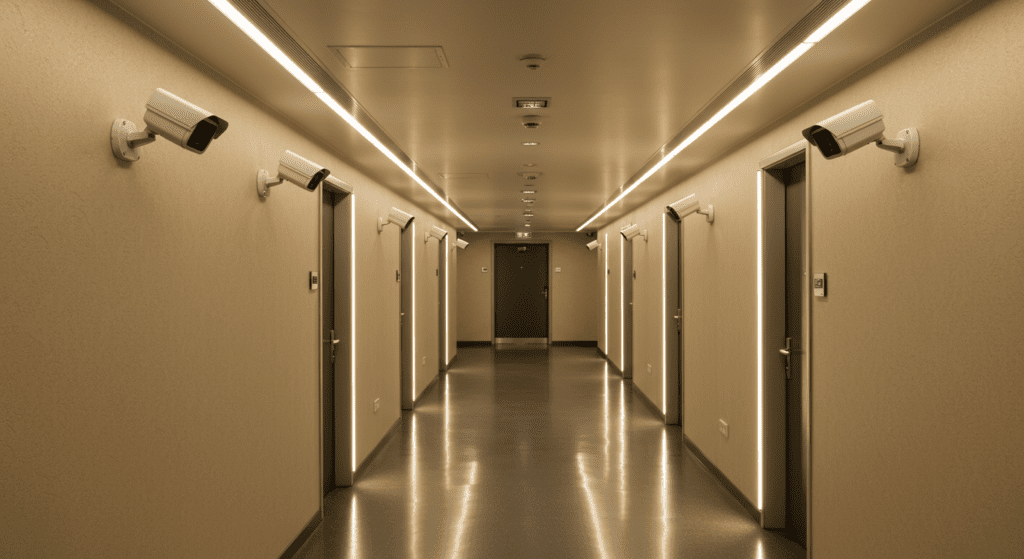
6. Exploring Discount Options and Bundle Deals
Insurance companies offer various discounts and bundle deals that can help lower your apartment insurance premiums. Common discounts include those for having multiple policies with the same insurer, such as combining renters insurance with auto or life insurance. You may also qualify for discounts based on your security features, maintenance practices, or being a loyal customer. Additionally, some insurers offer discounts for tenants who complete safety courses or have a good credit history. It’s important to explore all available discount options and discuss them with your insurance provider to ensure you’re taking full advantage of potential savings.
7. Documenting Improvements for Insurance Benefits
Investing in upgrades and improvements to your apartment can lead to lower insurance premiums and better coverage. Keep detailed records of all enhancements, such as installing a new security system, upgrading electrical wiring, or reinforcing structural elements. Provide receipts, photographs, and documentation to your insurance company to validate the improvements. These investments not only enhance the safety and value of your home but also demonstrate to insurers that you’re committed to reducing risks. Consequently, insurers may offer discounts or more favorable terms based on the reduced risk associated with your improved living space.
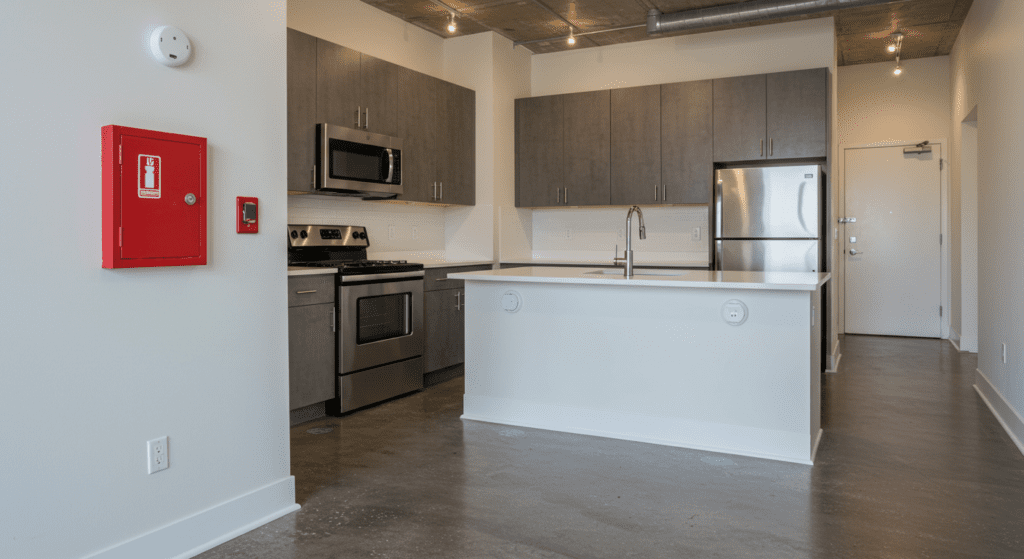
8. Preparing for Natural Disasters
Natural disasters like floods, earthquakes, and hurricanes can cause extensive damage to apartments. Preparing for these events is essential for minimizing risks and ensuring adequate insurance coverage. Assess the natural disaster risks specific to your location and choose coverage options that address those threats. For example, standard renters insurance may not cover flood damage, so purchasing a separate flood insurance policy might be necessary. Take preventive actions such as reinforcing windows, securing heavy furniture, and having an emergency plan in place. Being proactive in disaster preparedness not only helps protect your property but can also lead to lower premiums as insurers recognize the reduced risk.
9. Choosing the Right Deductible
Selecting an appropriate deductible is a strategic way to manage your insurance premiums. A deductible is the amount you pay out of pocket before your insurance coverage kicks in. Choosing a higher deductible typically results in lower monthly or annual premiums, while a lower deductible increases your premium costs. Assess your financial situation and determine how much you can comfortably afford to pay in the event of a claim. Balancing your deductible amount with your budget can help you find the most cost-effective insurance plan that meets your needs without compromising your financial security.
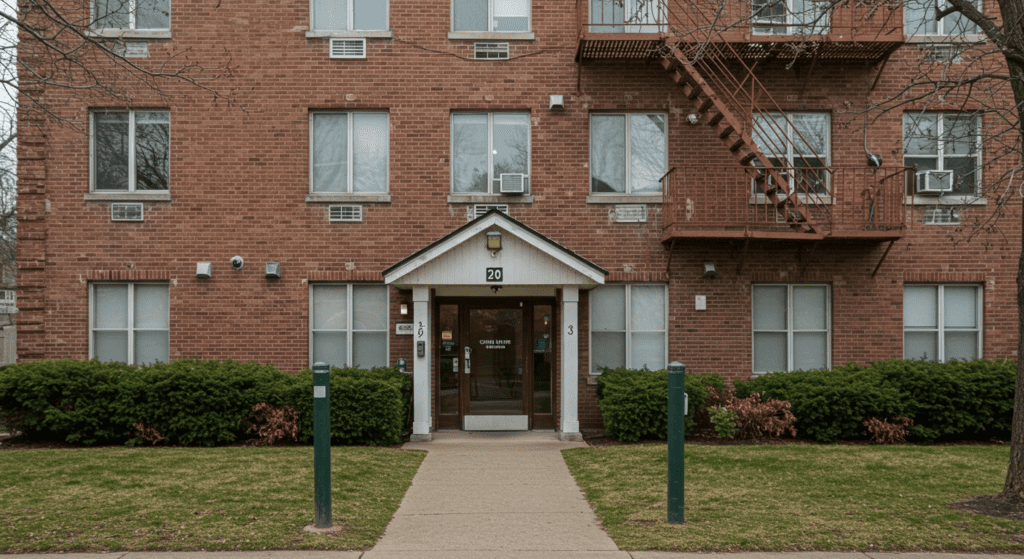
10. Regularly Reviewing and Updating Your Policy
Your insurance needs may change over time due to factors such as moving to a new apartment, acquiring new valuables, or making significant improvements to your living space. Regularly reviewing and updating your apartment insurance policy ensures that your coverage remains adequate and continues to offer the best possible protection. Schedule annual reviews with your insurance provider to discuss any changes in your circumstances and adjust your policy accordingly. Keeping your policy up-to-date helps avoid gaps in coverage and can also lead to premium reductions as your risk profile evolves. Staying proactive in managing your insurance policy ensures that you remain protected without paying for unnecessary coverage.
